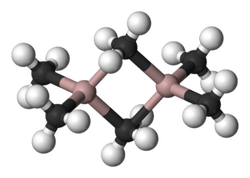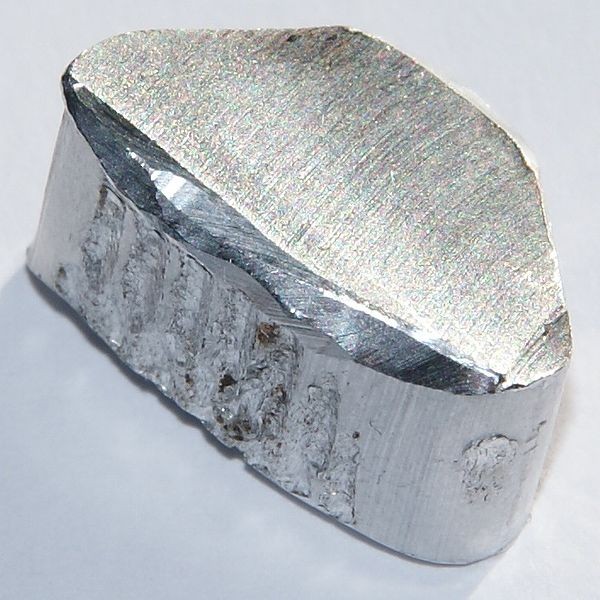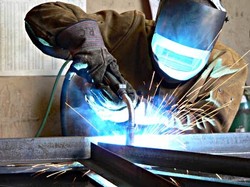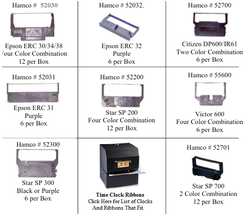When you think of aluminium, you most probably think of the foil that you wrap leftover food in. However, its applications are far more diverse. Aluminium is actually the second most widely used metal in the world, after steel. This is due to its comparatively light weight and incredible versatility.

The many uses of Aluminium
by edstorm
A rundown of the many applications for the versatile metal, aluminium.
Construction
The building business is full of aluminium – roofing, siding, gutters, hardware, window frames and even paint all either contain or are made of aluminium. According to The Aluminium Association, over 1.8 billion kilograms of aluminium were used in the construction and building industry in 2009 alone.
Transport industry
Many car, motorcycle and plane parts, as well as vehicle number plates, are made from aluminium. Many vehicle seats consist of an aluminium profile covered in upholstery. Although the car market has come through a sluggish sales period, the use of aluminium in car bodies has continued to increase. The Audi A8, for example, has a fully aluminium body and aluminium axles, along with many other aluminium components.
Packaging
Foil packaging accounts for even more aluminium than the transportation industry, making it the top industry consumer of aluminium. Think not only of tin foil but of foil trays, drink cans, blister packs for medicines, bottle tops and thermos flasks; everywhere you look on shelves, aluminium is used in packaging. Because of its non-toxic, odourless, corrosion resistant and impermeable properties, it is ideal to packaging food and drinks. Your food comes out of the packaging unaffected in any way by the metal.
Other uses
Aluminium is used in a wide range of industries. For example, it is vital to the electronics industry. It is used in light bulbs, optical discs like CDs and DVDs, power lines and phone lines, satellite dishes, satellites and even spacecraft.
Cabling deserves a special mention too. Most cables and power lines would initially use copper, but more and more cable producers are turning to aluminium because of its light weight, resistance to corrosion and malleability.
Perhaps less obviously, aluminium is used in the health and hygiene industry. For example, there’s aluminium in aspirin, as well as in astringents and antacids.
Even in the kitchen, aluminium has a multitude of uses. Household cooking utensils like pots and pans commonly use aluminium, and the metal is even found in many food additives.
You might also like
History of Iron WorksIron has been in use since prehistoric times dating back to 4000 BCE. That is...
Stationery An Inclusive IndustryFor an industry to be successful it has to be inclusive. Modern businesses em...




 Herbal Medicine in South Africaon 08/20/2014
Herbal Medicine in South Africaon 08/20/2014
 Citroën, Europe’s First Mass Producer of Carson 07/04/2014
Citroën, Europe’s First Mass Producer of Carson 07/04/2014
 Use Smartphone Technology for Evidence Collectionon 07/03/2014
Use Smartphone Technology for Evidence Collectionon 07/03/2014
 Smart, Sneaky Solutions for Hiding Valuableson 06/13/2014
Smart, Sneaky Solutions for Hiding Valuableson 06/13/2014


Comments